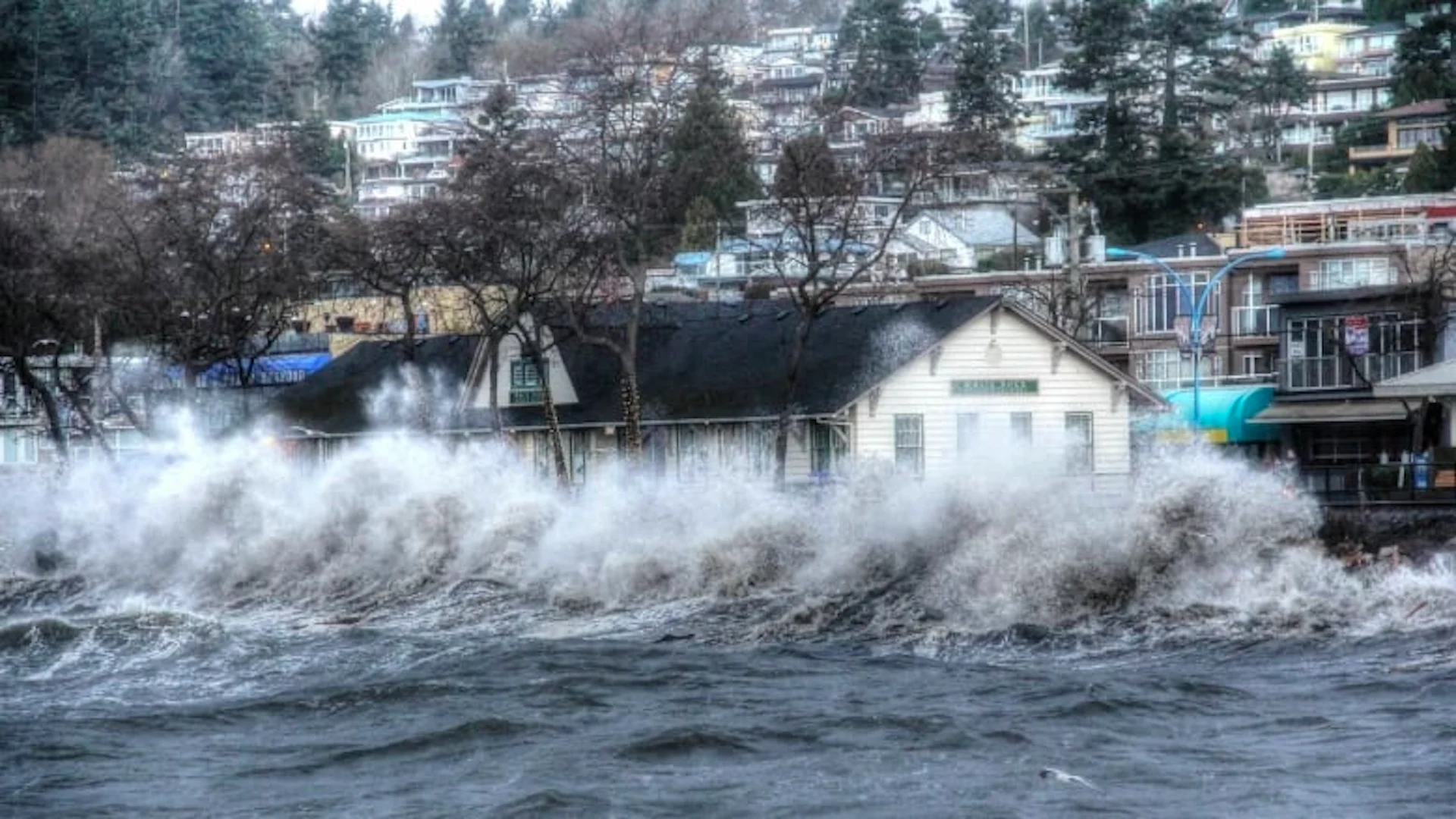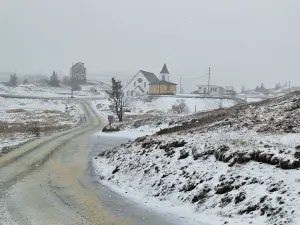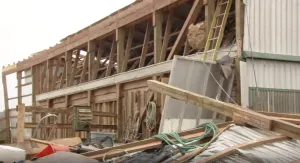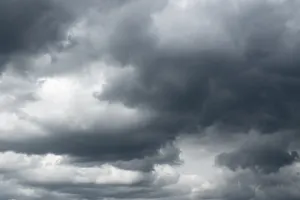
As sea levels rise, B.C. coastal cities could face flooding from moon's 'wobble'
A lunar cycle that happens only once every 18.6 years could combine with rising seas from climate change, and create further problems here on Earth.
What some are calling a "moon wobble" means that B.C.'s coastal communities already bracing for flooding from rising sea levels may also have to contend with an added phenomenon.
"Nothing about the moon is changing, this is a totally predictable effect," explained Jess McIver, an assistant professor of astronomy at UBC. "It's been wobbling in this way for millions and millions of years.
"Very, very slowly the axis the moon is orbiting the Earth around is kind of shifting ... and the tides are going to respond."
The issue came to the fore after the release of a new NASA study, published in Nature Climate Change journal earlier this month, "Rapid increases and extreme months in projections of United States high-tide flooding."
Although the study only examines impacts on U.S. coastal communities, the same effects would apply to cities in B.C. as well as other coastal areas in Canada, explained McIver. She added that the effects of moon wobble would vary by location.
She said she hopes further studies can specifically examine how the phenomenon, known formally as a "precession effect" of the lunar cycle, could impact Canadian tides.

Waves push up on the shoreline in White Rock B.C. during a storm in March, 2016. (Bill Hawke)
The effect will not become significant until the 2030s, according to NASA, but that's exactly when rising sea levels are forecast to worsen.
Cities on B.C.'s coast have already begun preparing for rising sea levels, flooding and extreme tides, in addition to the other climate and weather extremes predicted by climate scientists.
And although they have long known oceans will likely encroach on some urban areas, the addition of the lunar "wobble" at almost exactly the same time could amplify the impact.
"We're going to have this overlap between this very predicted steady creep up in sea level," McIver said. "And when you combine that with this normal 19-year cadence, all of a sudden we're going to reach a point where we start seeing this flooding a lot more often."
The new study is yet another warning to low-lying cities such as Richmond, Delta, Victoria and many First Nations along the coast, said Kees Lokman, chair of landscape architecture at UBC.
Lokman is also principal investigator on a four-year research project, Living With Water, which is examining how cities and First Nations can adapt to climate change and flooding. The project is based out of the University of Victoria's Pacific Institute for Climate Solutions.
"If we don't really plan ahead, it will impact us pretty drastically, especially with these new findings," Lokman said. "Some of these rises to sea level might happen faster than we originally predicted or anticipated."
The City of Richmond is one municipality that has heavily invested in dikes and flood protections in its climate plan.
The city is built just one metre above sea level, and in 2019 was one of several B.C. municipalities to official declare a climate emergency.
"A considerable amount of upgrades and improvements to the City's flood protection infrastructure have been completed and are planned for the short-, medium-, and long-term to address infrastructure age, growth and climate change," Richmond said on its website.
The province's environment minister, in his most recent mandate letter, was tasked with creating "a coastal strategy to better protect coastal habitat" and protecting the coast's economy.
Lokman says mitigation of B.C.'s contributions to greenhouse gases should be a priority, but also how communities can adapt to rising sea levels from climate change.
He says effects from the moon wobble could also help communities and policy makers address climate change.
"These events kind of give us a peek into the future of what normal sea level rise might look like," he said.
Original story by David P. Ball, published on CBC.ca









